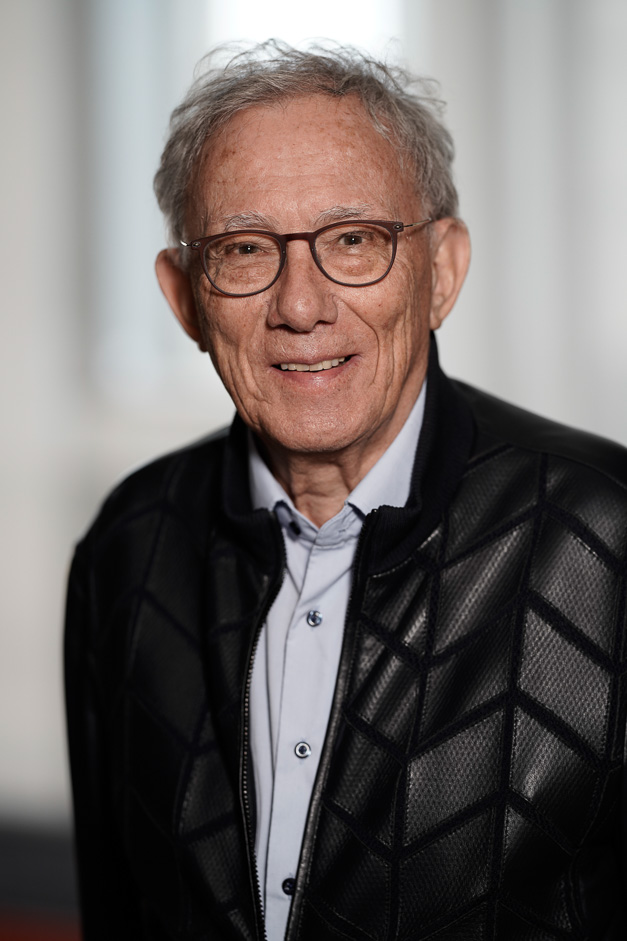Enzyme Plasticity

Plants are able to utilize different paths to reach the same end products. This subproject aims at elucidating how and why plant cells have this enzymatic flexibility.
In the biosynthesis of cyanogenic glucosides, independent recruitment of members of different enzyme classes to utilize the same substrates and catalyze the formation of the same end product has occurred. It is not clear what the constraints are on which enzyme classes can be recruited to acquire these functions. We are undertaking the structural analysis of crystallized P450s from plants and insects, combined with site-directed mutagenesis, to try to address these issues at the structural level. This will not only reveal details that underpin the unique catalytic properties of the enzymes, but also provide an understanding of how these enzymes have evolved in parallel in plants and insects to perform the exact same biochemical function.
The enzymes for cyanogenic glycoside biosynthesis have probably evolved from the promiscuous activity of ancestral enzymes. To gain further insight into the enzyme plasticity, we are investigating whether examples of these ancestral pathways still remain in nature. It may also be possible to resurrect such ancestral activities guided by our 3D- structural analysis of the P450s.
Principal Investigator

Tomas Laursen
tola@plen.ku.dk
+45 35 33 33 29
Principal Investigator
 Kirsten Jørgensen
Kirsten Jørgensen
kij@plen.ku.dk
+45 3533 3346
Grant Holder
 Birger Lindberg Møller
Birger Lindberg Møller
blm@plen.ku.dk
+45 3533 3352
